What items should not be dried in the dryer?
 The dryer has one significant drawback - it cannot process any clothes. This becomes a significant problem if there is simply no room for drying delicate items. Which items can and cannot be dried in a tumble dryer? Are modern dryer models equipped with special programs and functions that can reduce the “prohibited list” and simplify the user’s life? We will talk about this further.
The dryer has one significant drawback - it cannot process any clothes. This becomes a significant problem if there is simply no room for drying delicate items. Which items can and cannot be dried in a tumble dryer? Are modern dryer models equipped with special programs and functions that can reduce the “prohibited list” and simplify the user’s life? We will talk about this further.
Which fabrics “will not survive” machine drying and why?
The operating principle of all modern drum dryers is similar. Wet clothes to be dried are placed in a drum. During operation of the dryer, it rotates and is filled with hot air, under the influence of which the moisture gradually evaporates.
The removal of moist exhaust air is carried out either through a hose into the ventilation hole, or by condensation, when the air, after being freed from moisture, then circulates inside the housing. Which liquid removal option is used in a particular machine depends on its type.
All a person needs to do after the process is completed is to empty the container of accumulated liquid and rinse the filter. Without a doubt, this method of drying things is not only modern, but also extremely convenient.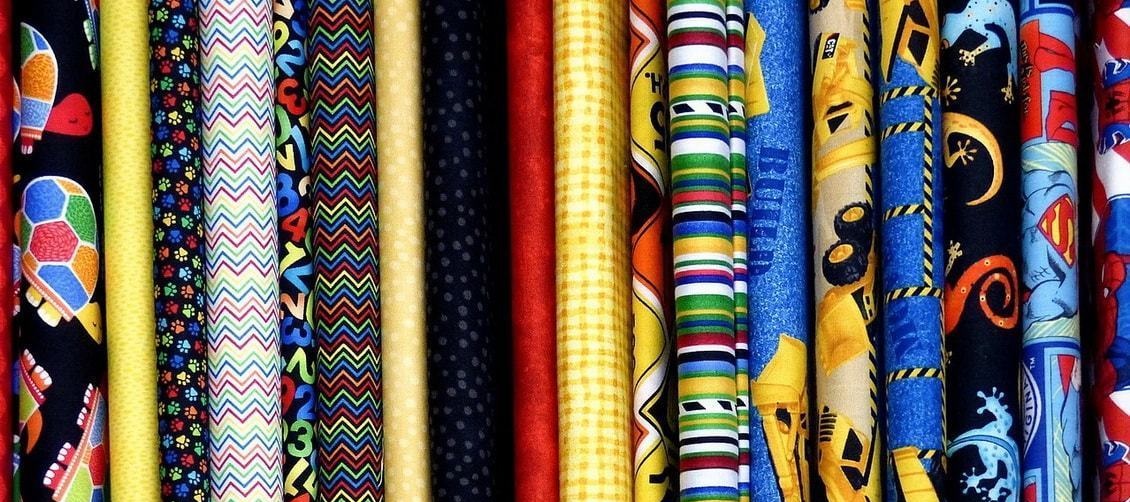
If previously, in order to dry laundry, it was necessary to pull ropes, install folding dryers, hang the laundry, wait until it dries, and remove it, then those who purchased such devices are spared from such work. All you have to do is take things out.But is this really so? Is this drying option suitable for any clothes? According to many, this method is quite aggressive towards products. And this point of view is partially justified.
The combination of active mechanical stress and high temperature can negatively affect certain materials. For example, you should not tumble dry ultra-fine fabrics:
- chiffon;
- tulle;
- batiste;
- nylon, etc.
But these are not all the restrictions. A number of other points need to be taken into account:
- It is not recommended to send tumble dryer or elastic items. There is a high probability of their deformation;
- This method is not suitable for clothes that are decorated with decorative elements (embroidery, leather and metal parts, appliqué, rhinestones, beads, etc.). If there are sparkles on a woman's blouse, they can come off and stick to other items. As for printed pictures, high temperatures can cause them to damage and stick together;
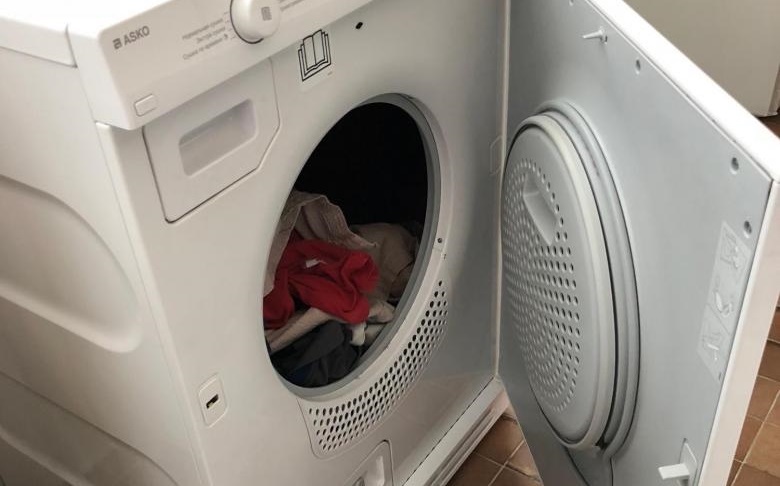
- as a result of such drying, some women's wardrobe items containing elastic bands, guipure inserts, fragile plastic fasteners, etc. may become unusable;
- Wool should also be handled with care. Intensive drying can cause a tunic or sweater to shrink by several sizes, change the structure of the material, etc. Or vice versa, the sweater can stretch and completely lose its shape;
Attention! According to the visitor’s experience, described in the comments to this article, it is better not to dry items with wool in the fabric. Have you tried drying similar clothes? Share at the bottom of the page.
Particular care should be taken with outerwear that has buttons, zippers, buttons, fasteners, etc.Exposure to high temperatures can cause zippers to curl and buckles to melt.
Not every dryer can handle large multi-layered items: down jackets, blankets, feather pillows, etc.
Important! Drying wardrobe items in this way if they have oil stains or stains that were immediately treated with chemical solutions is simply dangerous; heating can lead to fire.
Use gentle drying
Taking into account all that has been said above, the logical conclusion arises that almost half of your wardrobe items cannot be dried in a dryer. Then why buy such devices at all? However, most of the facts presented concern older models; modern technology is capable of functioning in various modes. From their list you can always choose the one that is suitable even for drying delicate fabrics. The main thing is to choose the right drying mode.
In order not to experience disappointment later and not to regret damaged products, you should carefully study the instructions supplied with the equipment. In addition, it is important to learn to understand the icons on the labels of clothes, bags, soft toys, etc. After all, the label directly contains information on how to properly care for the product: how it should be washed, ironed, and dried. The label most often contains several symbols regarding the care of this item of clothing. Mostly people are only interested in data on the recommended washing temperature.
Since we are talking about drying, we need to find the corresponding symbol. It is a square in which a circle is inscribed (outwardly it is very similar to the device itself). The sign may look slightly different.Let's figure out what each of the options means:
- a crossed out icon means that machine drying is prohibited;
- the presence of one dot in the center of the sign indicates that drying can only be done at low temperatures;
- two points – drying at moderate temperatures is acceptable;
- sign with three dots - you can use high temperature;
- the presence of horizontal lines at the bottom of the symbol is an indicator of the need to use a gentle regime;
- two - the products need delicate pressing and drying.
By remembering these symbols, you can minimize the risk of damage to your favorite blouse or expensive cardigan.
Linens that are suitable for the dryer
The machine can dry cotton, semi-synthetic, synthetic and most mixed fabrics. Moreover, this is not only acceptable, but also desirable. Warm air makes the material pleasant to the touch. During the drying process, most products are smoothed out; they can be used immediately, no need to iron. This makes life so much easier when it comes to bedding, bedspreads, robes, pajamas, towels, casual wear, etc.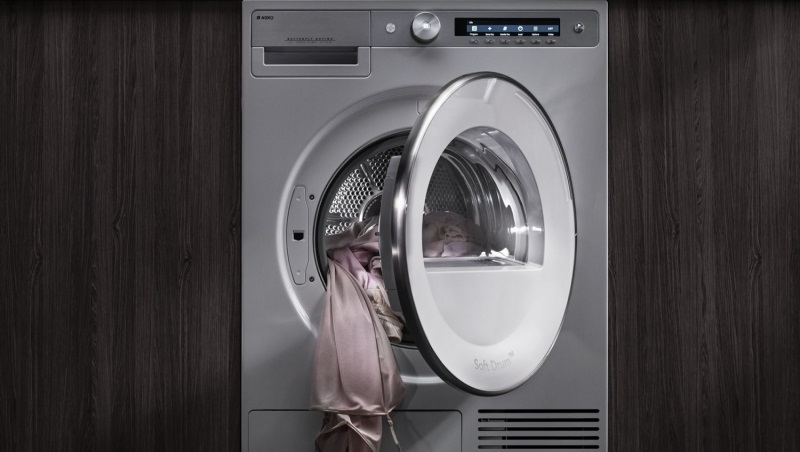
If a person prefers to wear a sports T-shirt and jeans as daily wear, then this technique is the ideal solution for him. Some models are equipped with a special metal basket designed for drying soft toys, textile bags, and shoes. Therefore, those who plan to dry such wardrobe items should, when buying a drying machine, pay attention to those models that have such devices.
And in conclusion, it is worth focusing on the fundamental rules for using a dryer. Before putting the item in the drum, you should turn out all the pockets, check if there are any items left in them, fasten the belt, fasteners, buttons, etc. It is advisable to turn some products inside out. If sharp objects get into the drum, this can lead to damage not only to clothing, but also to the device itself. And this, in turn, threatens expensive repairs with unnecessary costs.
Interesting:
2 reader comments


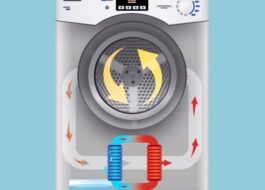

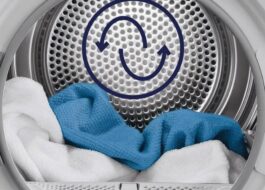















Experience with various premium dryers. It is absolutely forbidden and impossible to dry wool items! Even socks! All items, even those containing a small amount of wool, cannot be dried in the machine! If silk, chiffon, cambric are still in a mesh bag with cold airing, it’s still possible and something will remain. Then wool has no options at all - the item will be damaged irrevocably!
You can dry wool in a dryer if it has a special removable shelf.